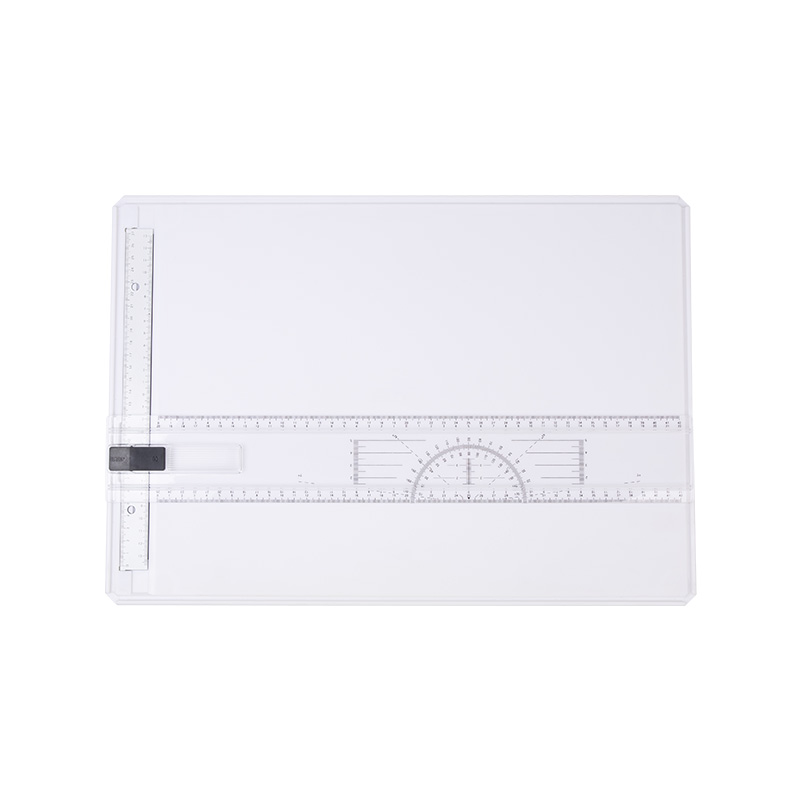The integration of A3 drawing boards with digital devices like tablets or laptops can vary based on the specific model and brand. Here's how it generally works and some questions you might want to consider asking:
1.Compatibility:
Ask the manufacturer if the A3 drawing board is explicitly designed to work with digital devices.
Inquire about compatibility with various operating systems, like Windows, macOS, Android, and iOS.
Check if there are any software requirements for using the drawing board with digital devices.
2.Connectivity:
Understand how the drawing board establishes a connection with digital devices.
Inquire about the type of connection used, such as USB, Bluetooth, or a wireless connection.
Ask if there are any specific steps to set up and establish the connection.
3.Digitizing:
Understand the technology used to digitize your physical drawings.
Ask if the drawing board uses sensors, cameras, or other methods to track your pen movements and replicate them digitally.
Inquire about the accuracy of the digitization process.
4.Pressure Sensitivity:
If the drawing board supports pressure sensitivity, ask about the number of levels or pressure points it can detect.
Understand how pressure sensitivity enhances the digital drawing experience by allowing variations in line thickness and opacity.
5.Accuracy:
Inquire about how closely the digital representation matches what's drawn on the physical surface.
Ask if there's any calibration process to ensure accurate alignment between physical and digital drawings.
6.Calibration:
If calibration is required, ask about the process involved.
Understand how often calibration might be necessary and how easy it is to perform.
7.Latency:
Inquire about any potential delay (latency) between making a mark on the physical surface and seeing it appear on the digital device.
Understand how low latency contributes to a more natural drawing experience.
8.Battery or Power Requirements:
If the digital integration requires power, ask about the type of power source (batteries, USB power, etc.).
Inquire about the expected battery life or power consumption.
9.Accessories:
Ask about any additional accessories needed for the digital integration.
This could include digital pens, cables, adapters, or stands designed to hold digital devices securely in place.
10.File Formats:
Inquire about the file formats in which your digital drawings will be saved and exported.
Understand the compatibility of these file formats with various design and illustration software.
11.Multi-Monitor Support:
If you work with multiple monitors, ask if the drawing board's digital integration can accommodate this setup.
Inquire about the ease of switching between displays.
12.Screen Mirroring:
If the drawing board can mirror your digital device's screen, understand how this feature might be useful for presenting your work to others.
13.Updates and Support:
Inquire if the manufacturer provides regular updates to improve digital integration.
Understand the availability of customer support for any technical issues related to digital functionality.
14.Learning Curve:
Ask about the learning curve associated with using the drawing board's digital features.
Inquire if there are tutorials, guides, or resources available to help users transition to digital drawing.
1. with single lock
2. Usage:A3 Architectural drawings
3. size:47.5x33.5cm
4. Single package: color box

 [email protected] / [email protected]
[email protected] / [email protected]
 +86-571-81993095
+86-571-81993095

